The Revelation
Text: Millie Stein Images: Douglas Lance Gibson
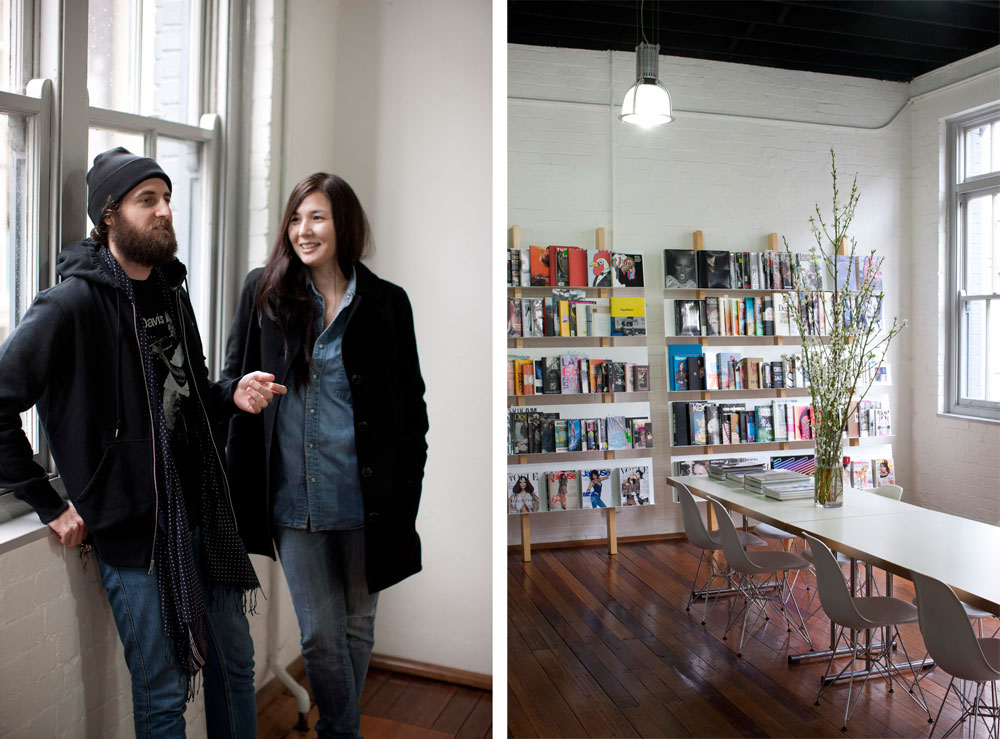
In 1912, the Austrian artist Egon Schiele penned a letter to ‘Dr. E’ regarding Schiele’s painting ‘Revelation’.
“The revelation of a living being,” he wrote. “A poet, an artist, a sage, a spiritualist, as you will. Have you ever felt the impression a great personality makes on the world?”
On a wall-length bookshelf in the Lover studio, Nic Briand and Susien Chong keep a book of Schiele’s work. Surrounding it are monographs from key creative figures of the recent past (Ed van der Elsken, Kris Kool, Harmony Korine, Poiret) plus the occasional iconoclast (Patty Heart, by way of a 1974 copy of Newsweek).
I don’t know if Briand and Chong have ever read Schiele’s words. In fact, I prefer to think that they haven’t, and that the book exerts a silent and pervasive influence as they spend their days drawing inspiration from great personalities – which, in their case, are simply those that are real.
“I think everything we’ve done has always been through an authentic desire just to connect with people,” says Chong.
“A lot of stuff which has become very standard fare for a brand, like social media and building a culture, like saying, ‘We’ll sponsor this film or we’ll sponsor this girl in a band and give her clothes’ and so on, wasn’t really thought of back when we started. It was kind of seen as peripheral and, in some cases, a waste of time,” says Briand.
“The first people [to whom] we said, ‘Yeah sure, have that top, take those pants’ were real girls. They were working in galleries or playing a guitar and doing a gig here and there. They were just day-to-day, but to us that was more exciting than packaging up a whole thing and sending it off to Paris Hilton.”
In 2001, when Briand and Chong launched Lover at the Bondi Markets, labels did not seek to make extraordinary clothes for ordinary people. Designers were not interested in a quotidian interpretation of their work, let alone the possibility that this sort of interpretation might influence future collections. Scott Schuman had yet to pick up a digital camera, or at least yet to post the results on his blog, and Tumblr was six years away from turning moodboards into a global pastime.
“We laugh because we used to drive to Mosman to go to Kinokuniya, which was quite a small bookstore then,” says Briand. “We bought these very small magazines that were – I mean, it blew our minds – street style. People were being shot in Paris and London – again, they were coming out of the shows… Those things, we pored over them. And they were sealed, too, so you didn’t know if they were going to be good or not. You’d open it and be like, ‘Crap, crap, crap… oh my god!… crap, crap, crap…’ And at that point, one girl would become a muse for an entire collection.”
“And it was a pilgrimage, too,” adds Chong. “Like, ‘next Saturday, let’s drive over the bridge!’”
The life-work parallels and dense layers of reference that seamlessly integrate into Lover’s output continue to fascinate both their customers and the media. That Briand and Chong manage to mine music, film and visual culture for far more than aesthetic value only adds to the mystery.
Perhaps this is why everyone still gets hung up on trying to pin down Lover’s ‘girl’. She is a fictional amalgam, yet her tastes and proclivities are so tangible that it has become impossible to think about the brand without her. She is their muse – the face of a season and of the label in its entirety – but first and foremost, she is a person.
To mark their tenth year, Lover held a show at the Sydney Opera House’s Studio as part of Rosemount Australian Fashion Week in May. It was here that the mythology of the Lover girl reached its greatest height, literally and figuratively: a giant Perspex screen was elevated high above the audience to display her many faces throughout their various campaigns and projects. In a more immediate sense, the literal Lover girls – the models in the show – had their faces beamed around the room before they reached the runway to reveal their look.
“It played out exactly how we’d discussed six months before the show, the way we wanted it to look and what we wanted it to do,” says Briand. “There can be a bit of a stigma attached to Lover that’s very vintage-leaning, pretty and it’s all sundrenched David Hamilton imagery-kind of thing… We felt that there’s quite a modern edge – for want of a better word – to the brand, in the way that we have pushed in terms of technology, the way that we’ve tried to present the clothes and the garments themselves.”
The collection was named for the Chinese fable of the White Serpent, which tells the story of a young scholar who falls in love with a beautiful woman, unaware that her true form is a white snake. A monk, eager to prevent a violation of nature, casts the woman out by trapping her for eternity in Hangzhou’s Leifeng Pagoda.
And when it came to the clothes, it was immediately apparent that magic had gone on. It felt like Briand and Chong had gathered up the successes and lapses of the last ten years and honestly, truly pushed it.
Set to music by Suicide and Spiritualized, Lover presented looks befitting (yes, really) a goddess – albeit a cool, complex, slightly contrary one. Bold red silks and strong shoulders were offset by the most dramatic of white lace dresses, and it all felt very adult. With all due respect to the person she once was, as if it was the most natural thing in the world, the Lover girl was stepping into the shoes of the Lover Woman.
“There wasn’t a conscious decision that it’s going to have more attitude and it’s going to be more sexy and more mature and more whatever,” says Briand. “All it was, was just running on the same thought patterns and the same ideas that we do with each collection, and the same [process of] trying to push the pieces. There was obviously a conscious decision that we’re putting on a show, but that attitude and that maturity, we felt, has been a slow progression through each collection getting to that point.”
“I think that there are facets to any person,” says Chong. “Even though we’ve carved out an archetype or an idea of who the Lover girl is, she can change. And that’s definitely a reflection of where we’re at – because of our connection to Lover and how it pretty much comes, authentically, from us. If you can manage to highlight those other elements of a person’s personality and explore new terrain, but still keep that Lover sense about it… that’s the biggest challenge for us.”
“I think as soon as you become comfortable, you don’t make credible art,” Briand continues. “We were very, very happy with the show, but as time moves on you start to analyse it. All of a sudden it’s: ‘those pants could have been done differently. I wouldn’t have put that look on that girl.’ Some people see that as a negative thing, being so hard on yourself, but it’s purely creativity that makes you do that. You’ve got to be pushing against something. We always think that if we clean up our desks and make everything neat, the ideas will flow. But it’s not until you’re in some weird zone where there are books piled around you and you haven’t eaten or slept properly that your best ideas can come.”
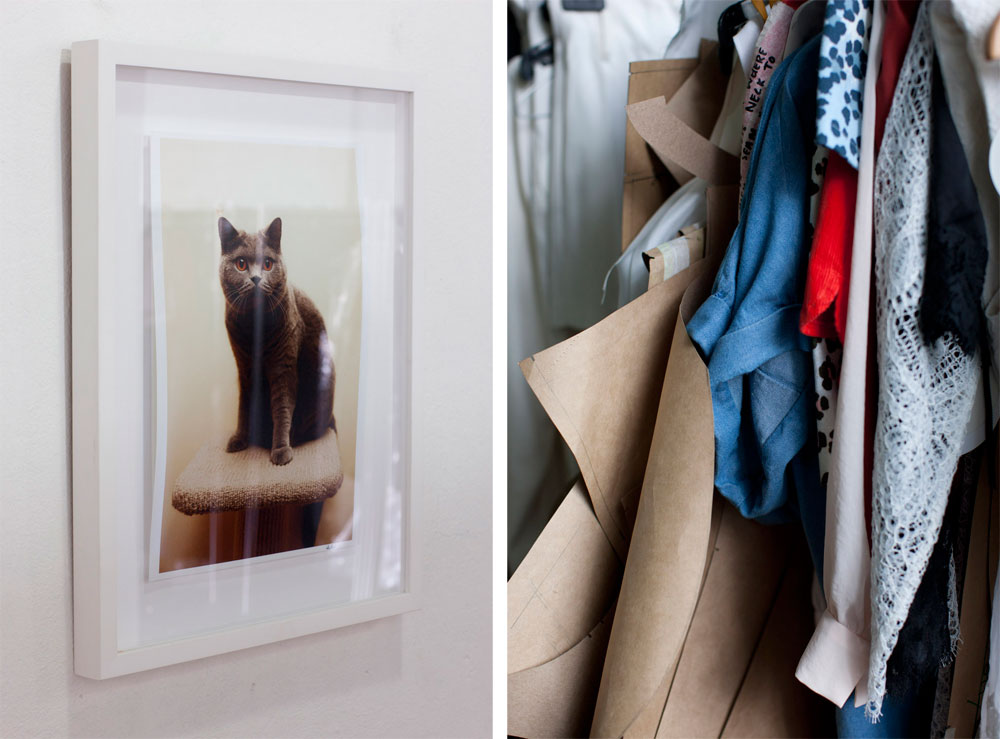
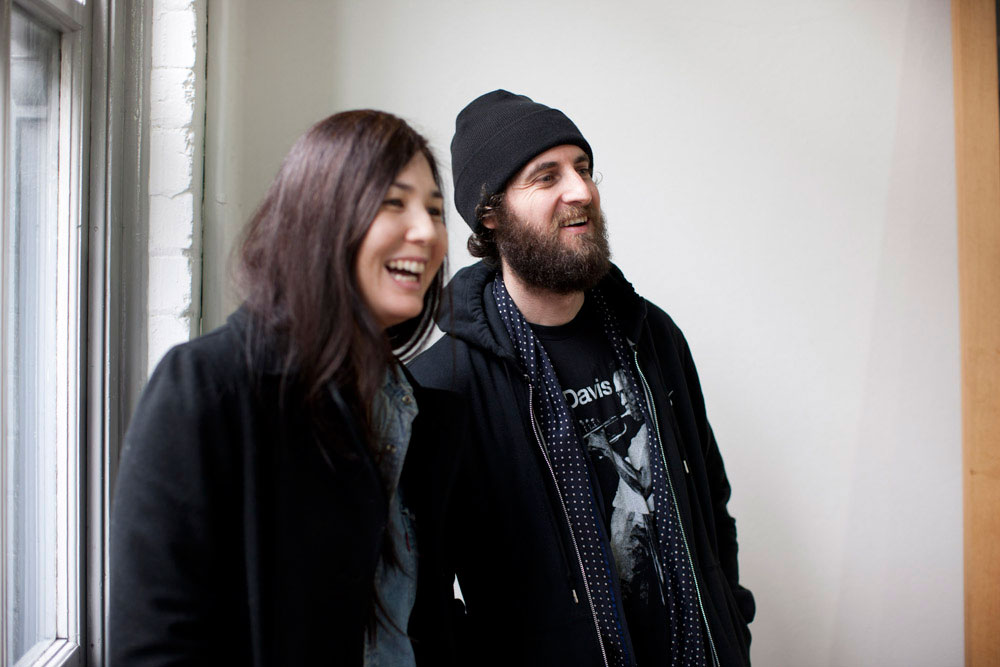

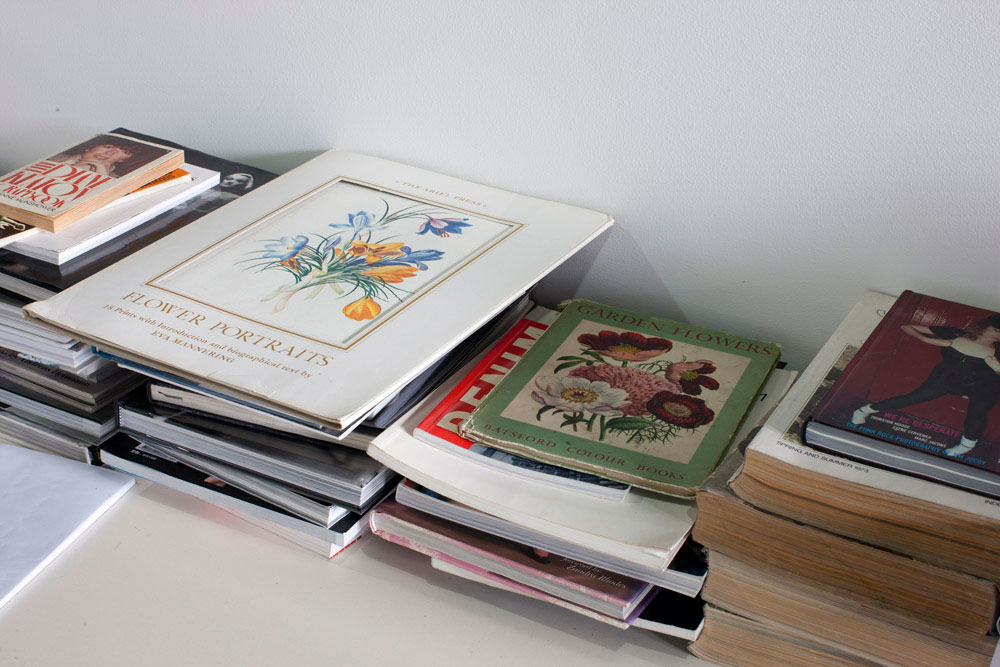

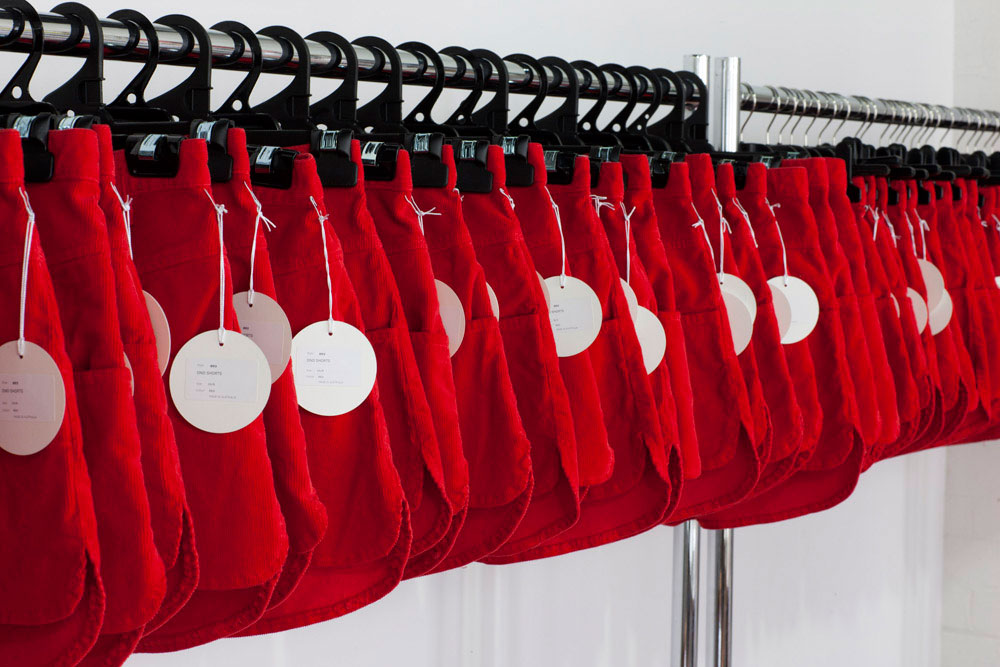
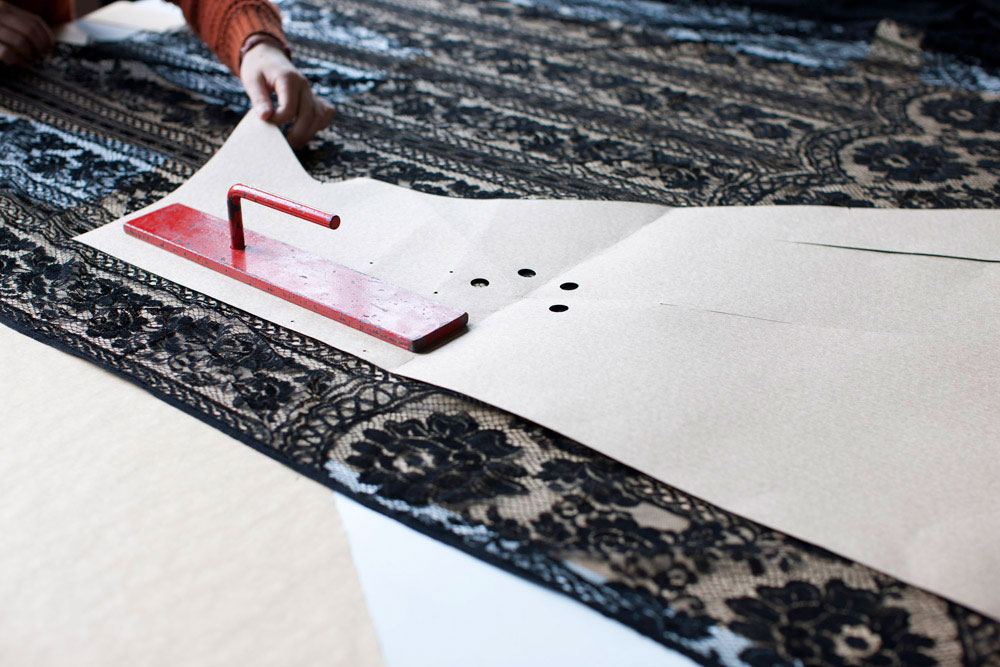

Lover‘s ‘The White Serpent’ is in stores now.
Next story: Gang Colours – Gang Atelier



